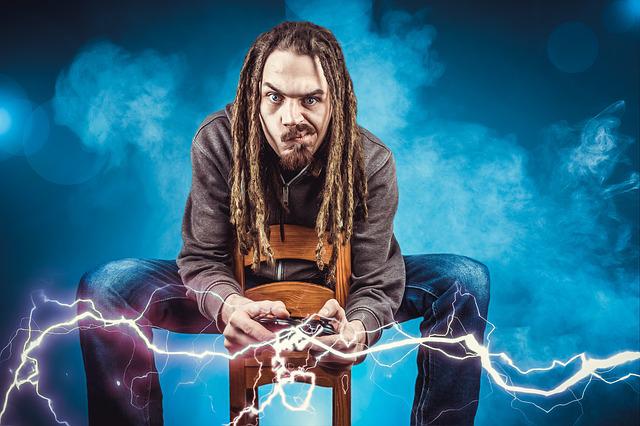
Being a PC gamer doesn’t have to be expensive. With a few budget-friendly components, you can put together a rig that will let you enjoy all your favorite games without breaking the bank. Although there are already a lot of affordable gaming laptops available in the market today, nothing beats the excitement and challenge of building and customizing your own gaming PC.
If you’re new to the world of PC gaming, don’t worry. This guide will walk you through everything you need to know in order to build a budget-friendly gaming rig that can handle all the latest games. We’ll start with the basics of choosing the right components, and then move on to putting everything together. By the end of this guide, you’ll be ready to game on a budget.
So let’s get started!
Choosing the Right Components
When it comes to building a gaming PC, the most important factor is choosing the right components. There are a lot of different parts that go into a gaming PC, and not all of them are equally important. To save money, you’ll want to focus on the components that have the biggest impact on gaming performance. Here are the most important components to consider when building a budget gaming PC:
- Processor: The processor is the brains of your PC, and it has a big impact on gaming performance. For budget builds, we recommend opting for an Intel Core i5 or AMD Ryzen 5 processor. These processors offer great performance for the price, and they should be able to handle any game you throw at them.
- Graphics card: The graphics card is the most important component for gaming, and it’s also the most expensive. If you’re on a tight budget, we recommend opting for an Nvidia GTX 1060 or AMD RX 580. These cards will let you enjoy all the latest games at 1080p resolution, and they won’t break the bank.
- Memory: Memory is important for gaming, but it’s not as important as the processor or graphics card. We recommend opting for 8GB of RAM, which should be enough for most games. If you’re on a very tight budget, you can get by with 4GB of RAM, but we don’t recommend going any lower than that.
- Storage: You’ll need some storage for your games and other files. A budget-friendly option is to get a 1TB hard drive, which should be more than enough for most gamers. If you’re on an even tighter budget, you can get by with a 500GB hard drive, but we don’t recommend going any lower than that.
- Case: The case is the home of your PC, and it doesn’t have a big impact on gaming performance. However, it’s still important to choose a case that’s well-built and has good airflow. This will help keep your components cool, which is important for gaming.
Putting It All Together
Now that you know what components you need, it’s time to put everything together. Building a PC is easier than you might think, and it’s a great way to learn about how your computer works. We’ll walk you through the process step-by-step, so you can get your new rig up and running in no time.
- Start by placing your motherboard on a flat surface. If you purchased a pre-assembled PC, the motherboard will already be installed in the case.
- Install the CPU into the socket on the motherboard. Make sure to orient it correctly so that the pins line up.
- Install the CPU cooler according to the manufacturer’s instructions. This is typically a simple process that involves attaching the cooler to the top of the CPU.
- Install the RAM into the slots on the motherboard. Again, make sure to orient it correctly so that the pins line up.
- Install the storage drive into an available slot on the motherboard. Most motherboards have multiple slots for different types of drives, so make sure to choose the right one.
- Install the graphics card into an available slot on the motherboard. You’ll typically want to use the highest-numbered PCIe slot for your graphics card.
- Connect all of the cables according to the manufacturer’s instructions. This includes the power supply, data cables, and any other cables that are required.
- Once everything is connected, you can close up the case and power on your PC. If everything goes according to plan, your computer should boot up without any issues.
Congratulations! You’ve successfully built your own gaming PC. Now it’s time to install your favorite games and start playing.
Building a PC is a great way to save money and get exactly the gaming rig you want. With a little patience and some guidance, anyone can do it. So what are you waiting for? Get started today!
